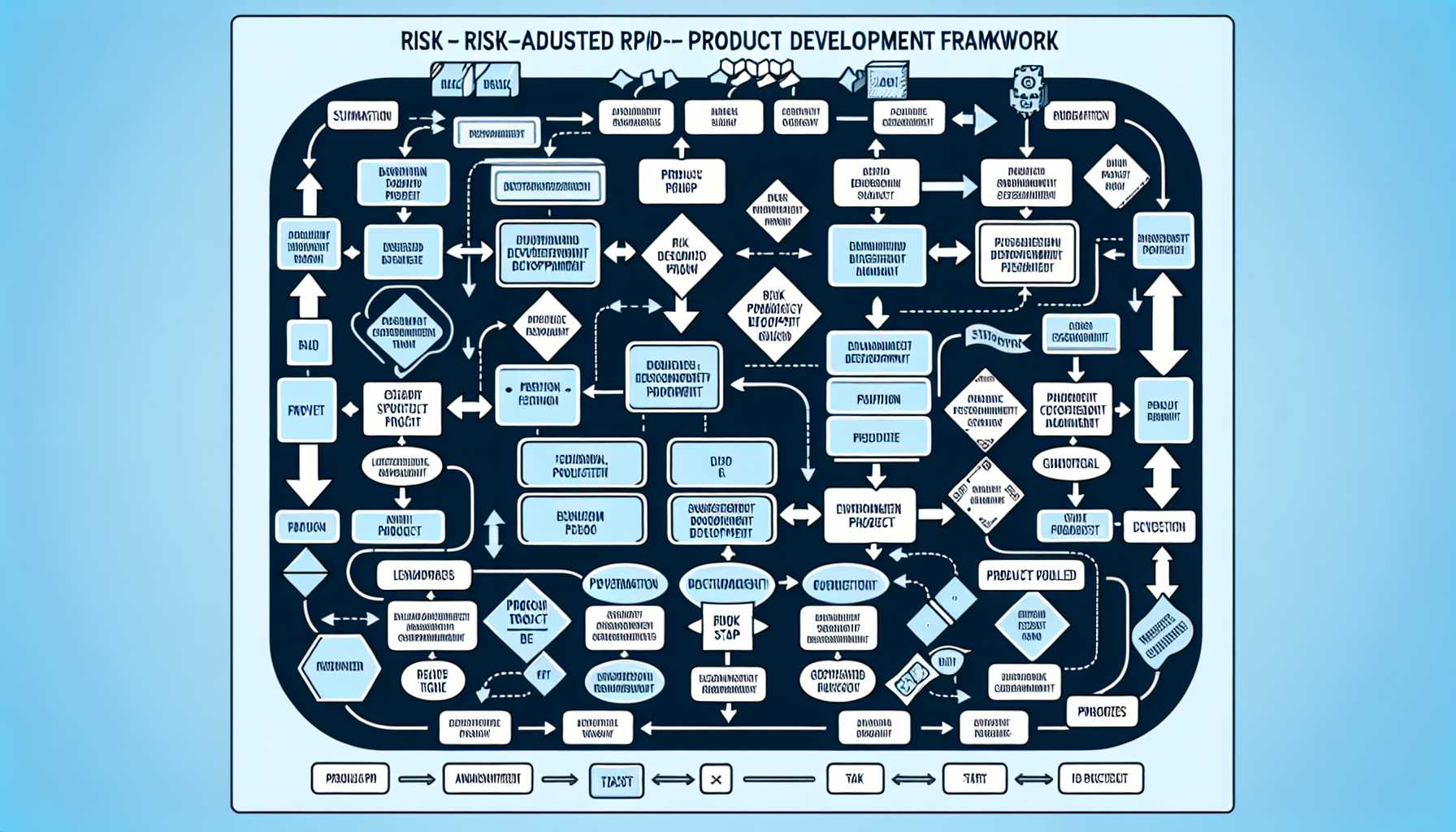Embracing New Technology Domains: A Risk Management Guide for Product Managers
In the ever-evolving world of tech, embracing new and untested technology domains is inevitable. As seasoned product managers, we are often at the forefront of innovation, tasked with managing the inherent risks of stepping into the unknown. Drawing on the wealth of experiences from my journey through the tech industry, I will share some of the approaches and frameworks I’ve successfully employed to navigate these challenges.
Embracing a Risk-Aware Mindset
The first step to managing product-related risk is to foster a risk-aware culture within your team and organization. I’ve always encouraged my teams to not shy away from discussing risks openly, ensuring we’re all vigilant and proactive rather than reactive. A clear-eyed view of potential pitfalls allows for better-planned responses should they arise.
Risk Management Frameworks
Over the years, I’ve leveraged various risk management frameworks, but one that has stood out is the Risk-Adjusted Product Development (RAPD) framework. Here’s how to apply RAPD:
- Identification: Start by listing all known risks, including technological uncertainties, market volatility, and resource constraints.
- Assessment: Use qualitative and quantitative methods to assess each risk’s potential impact and likelihood.
- Prioritization: Rank risks based on their severity and urgency, allowing the team to focus on the most critical ones first.
- Mitigation Planning: Develop strategies to either reduce the likelihood of the risk or its impact if realized. Contingency plans are essential at this stage.
- Monitoring and Review: Continuous monitoring of risks is crucial, as is re-evaluating risk mitigation strategies over time.
Personal Encounters with Risk
In my career, I have faced numerous occasions where digital products hinged on nascent technologies. One such scenario involved integrating blockchain technology in a time when it was obscure. We employed the RAPD framework to map out risks, such as regulatory changes and technological complexity, which enhanced our decision-making and preparedness for adverse outcomes.
Building in Flexibility and Experimentation
Risks in new technology domains often stem from uncertainty. To tackle this, building flexibility into your product’s architecture can be key. For a cloud storage product I managed, we anticipated changes in data privacy regulations and incorporated modular design to adapt quickly without significant overhauls.
Failing Fast and Learning Faster
The “fail fast” philosophy has been imperative in managing risks, particularly when dealing with untested technologies. Encouraging the team to experiment, learn, and iterate rapidly has often meant the difference between a product that flounders and one that finds its footing despite the risks.
The Role of Advocacy and Education
Another aspect of risk management is being an internal advocate and educator. Introducing a new technology domain requires product managers to bring stakeholders along for the journey. For a voice recognition product, I led a series of ‘tech talks’ and ‘learning labs’ to demystify the technology for both the development team and non-technical stakeholders.
Leveraging Partner Ecosystems
When the risk associated with a new technology is high, partnerships can be invaluable. In the early days of IoT, I worked with hardware vendors and ecosystem partners to share risks and combine expertise. This collaborative approach spread the risk and increased our collective ability to manage it.
Conclusion
In navigating the unknowns of new technology domains, a structured approach to risk management, coupled with a willingness to experiment and learn, has been my guiding principle. Employing frameworks like RAPD, advocating for a flexible, risk-aware culture, and utilizing partnerships has shaped my journey in managing product-related risks in technology’s cutting edge.
For the seasoned product manager, understanding and managing risk is part of the thrill of the role. It’s about boldly moving forward, armed with the tools and frameworks to make calculated decisions, ensuring that innovation and risk-taking translate into successful and resilient products.

